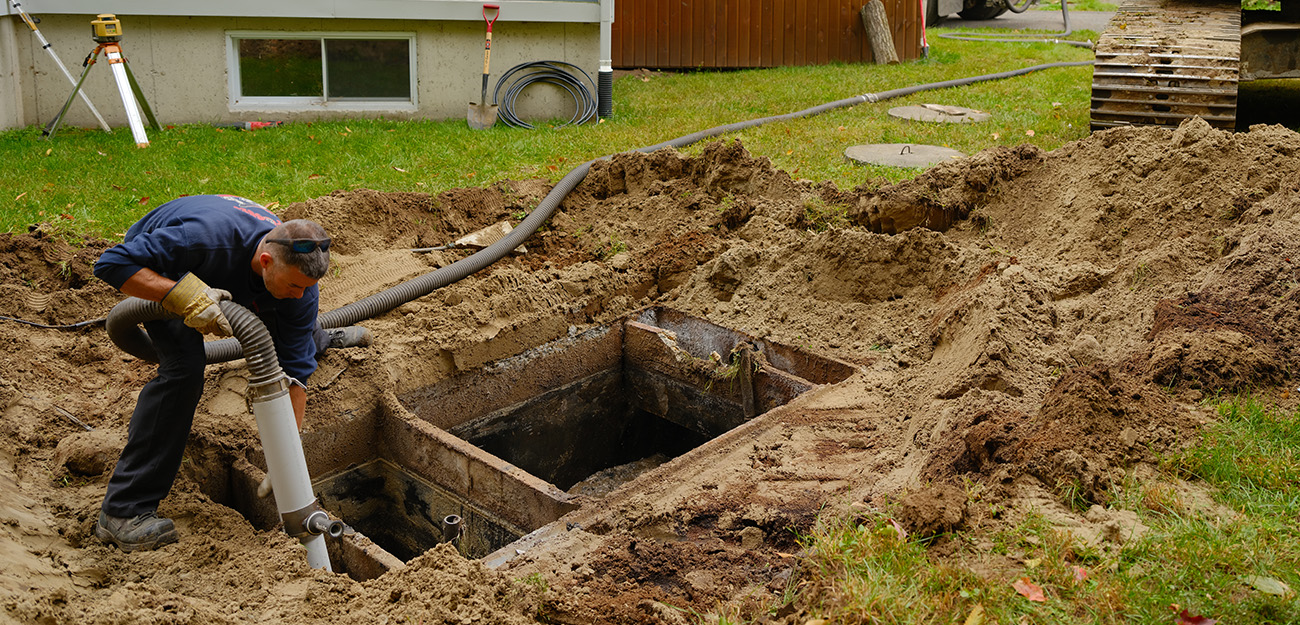Certain aspects of homeownership can be hidden until there is a problem. Septic systems are just one of the crucial, but frequently overlooked parts of a home. We tend to think of it as a convenience as if it can carry out its duties without much maintenance or even concern. Septic tanks, just like other systems, have a finite life span and need to be replaced over time.

Unprepared homeowners may struggle to cover the expense of replacing their septic system. Numerous factors influence the overall cost, making it necessary to know the factors that go into planning a new septic system.
To estimate the actual cost of a tank replacement, you must take into account more than the price. It’s not merely it’s a matter of dismantling the old tank before installing a new one. The price is affected by numerous services and parts. From obtaining permits and employing professionals to installation and excavation, each process has its own costs that homeowners must be aware of so that they can plan their budgets effectively.
The cost of septic tanks, leach fields and the construction are all important factors to consider. The cost of replacing a tank can vary based on its size, the material and the level of complexity. It can also be affected by the geographical location of the property local laws, as well as the soil conditions. It is crucial to talk with experts on septic systems to analyze your particular requirements and provide a detailed estimate. The experts will analyze aspects like the size and shape of the leach fields and provide an accurate estimation of your total costs of your septic system.
Aside from the tank itself, another substantial expense is the leach field, also known as a drainfield. This element is vital for the treatment and distribution of water. Replacing a damaged or failing leach field needs careful planning and has a significant impact on the overall cost of septic replacement. Factors like the size of the leach field, soil composition, and accessibility all influence the cost, which is why it’s crucial to take these aspects into consideration when calculating the cost total.
The homeowners must take into consideration the expenses that will be incurred by replacing the septic tank. It is possible that you will have to move out of your home for a time or cut down on your consumption of water during the installation. This is something to be thought about in the planning phase as it may disrupt your daily life and cause additional costs.
It is also crucial to understand that proper maintenance and care of your septic systems are essential to prolong their life and decrease the chance of premature replacement. Neglecting to perform routine maintenance could lead to more serious issues in the future, such as damage to drainfields, or even tank failure. The inclusion of septic system maintenance expenses into your budget is an intelligent investment that could save you cash in the end.
By now, you may have realized that determining the cost to replace septic tank is not a straightforward task. The cost of a replacement septic tank will be determined by a number of elements. They include the dimensions, materials and the complexity of installation and also the condition of the leach field. Furthermore, the area of your property as well as local regulations can impact the overall expense. It is vital to seek advice from experts who have experience upgrading septic systems.
When you’re considering replacing your Septic system, you might be shocked to find out that there are hidden costs that you hadn’t thought of. It’s crucial to learn about these hidden costs before making a decision.
The hidden costs of septic system replacement include:
The cost of permits and inspections. Your local authorities will require permits before you begin your project to upgrade your Septic systems. These permits can be costly, and you may also require a fee for inspections.
The cost of removal and excavation. The old septic system needs to be removed and excavated before the new system can be installed. This could be a costly process, especially if your old system is located in a remote area.
The expense for backfilling and grading. Once the old system has been removed, it will be required to grade and backfill the hole. It is vital that the new drainage system drains correctly.
The expense of landscaping is a significant expense. You might need to plant a garden in the area after the installation of your new system to maintain it in a neat and tidy manner. This can add up when you decide to hire a professional landscaping company.
When planning the replacement of your septic tank, it’s crucial to consider these hidden costs. This will ensure that you don’t get any unpleasant surprise.
The green solutions are an excellent option for budget-conscious homeowners. These are not just cost-effective alternatives to conventional septic systems, but they also assist in preserving the environment by reducing runoff as well as reducing the impact of water pollution. The eco-friendly septic system is getting more affordable and readily available, which makes them the ideal option for those trying to reduce the impact on the environment of their property without breaking the bank. Switching to a greener solution may involve some initial expenses, but they are easily compensated by the long-term savings. Green living is not only a trend, it’s an essential choice in lifestyle that all people should adopt if they want to ensure the sustainability of our world. If you have the right plan in place, you’ll be able to have peace of mind knowing that you’re doing your part to benefit the world at large, as well as making sure that your home will function efficiently and effectively with minimal maintenance needs and a lower cost per month.
